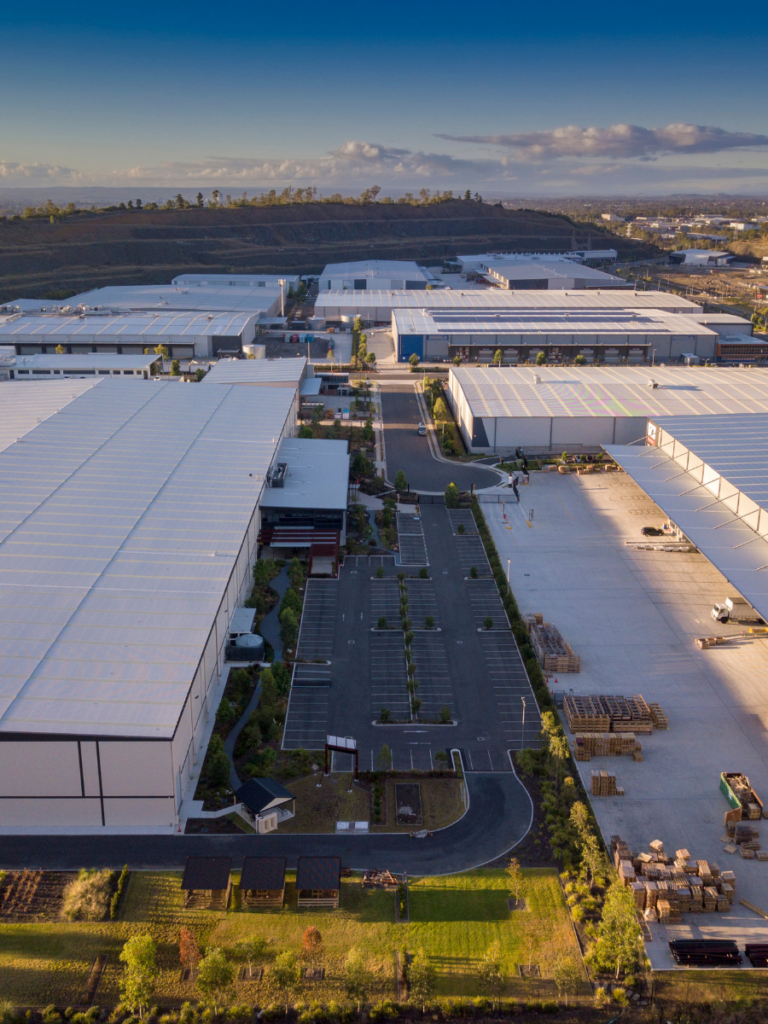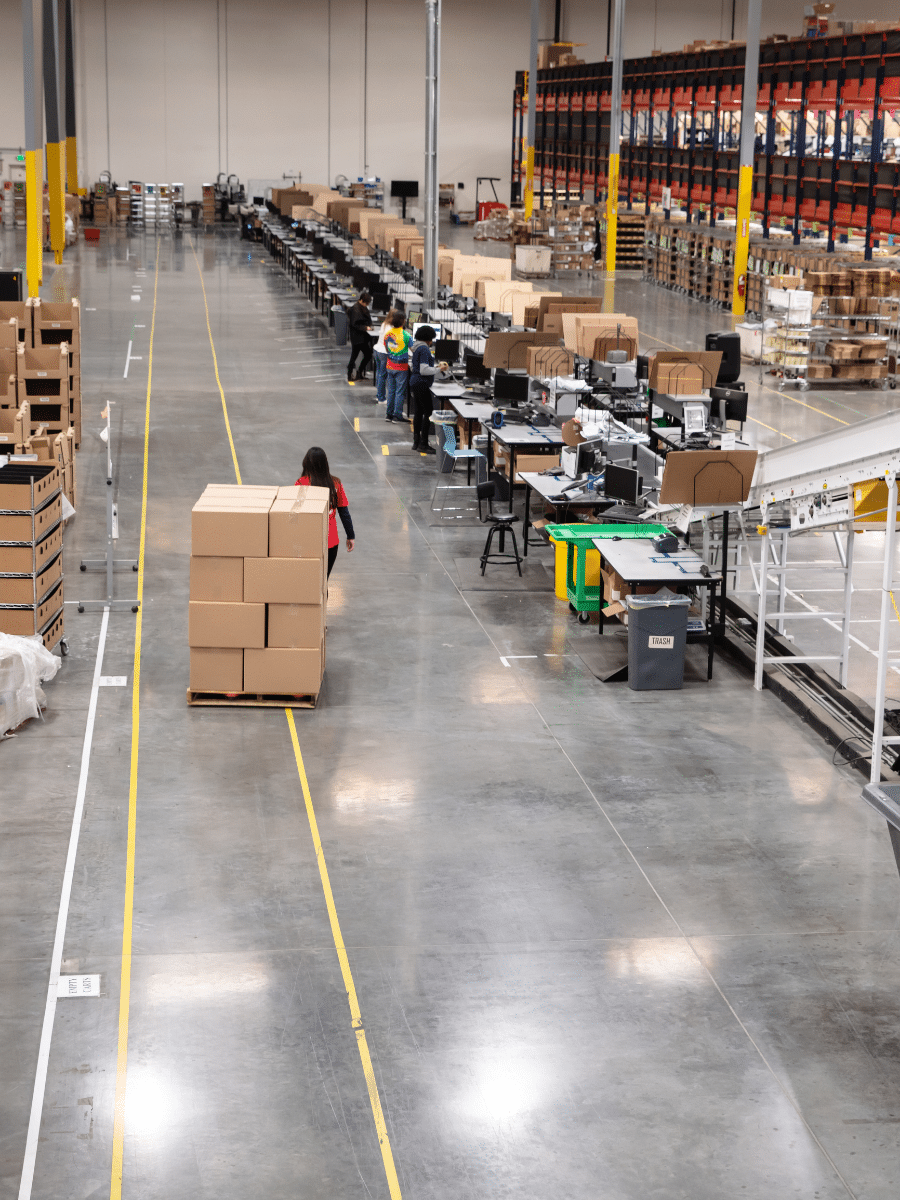The warehouse of the future will be shaped by various trends, including social changes, technological innovations in automation and software, and new ways of operating. These changes will be driven by the modernisation of industrial and business systems.
As the world population becomes increasingly urbanised, cities are becoming more crowded and expensive to live in. To accommodate this growth, many cities are expanding outward, leading to the development of suburbs and exurbs. While this may provide some relief for city dwellers, it can also have negative consequences for the environment. When people move away from city centres, they tend to use more resources and produce more emissions, which can have a significant impact on climate change.
As cities continue to grow, the demand for logistics space also grows. This has led to a trend of micro-fulfilment centres being set up in urban areas. These warehouses are smaller than traditional warehouses, but they are closer to customers and can speed up order deliveries.
The high price of logistics real estate is pushing businesses out of cities and into the suburbs. This is due to the dwindling availability of industrial land in urban areas. Businesses that need to be close to their customers are finding it increasingly difficult to find affordable space within city limits. As a result, they are moving to suburban areas where there is more available land. This shift is causing the price of logistics real estate to rise even further.
According to a report from consulting firm Deloitte, demand for warehouses is expected to increase by 850 million ft² by 2023. This is great news for the industry, as it signals increasing demand for storage space. It’s also good news for those looking for jobs in the warehouse industry, as it indicates that there will be plenty of opportunities in the years to come.
The future of warehouses is in small spaces. With the lack of available real estate, warehouses will have to find innovative ways to obtain the necessary storage capacity. This could mean using smaller spaces or looking for other locations that can accommodate a warehouse. Whatever the solution, it is important to find a way to meet the growing needs of businesses.
To optimise space, these facilities need to implement warehouse management software that maximises space utilisation. Compact storage systems and the use of the building’s height can also help to maximise the amount of space available.
External logistics operations will become a more common trend for warehouses in the future. The reason for this is that, with q-commerce on the rise and striving for super-fast deliveries, managing logistics efficiently will become more complex and expensive. When businesses outsource their logistics operations to a third party, they can take advantage of efficiencies and cost savings.
If you outsource your logistics operations to a third-party logistics provider, your company will save on costs for the land, buildings, and personnel. You also won’t have to limit yourself to specializing in only customer demands. An increasing number of businesses are outsourcing multiple or all supply chain management functions to a service provider, which is known as supply chain as a service (SCaaS).
The automation of logistics processes is key to maintaining productivity and efficiency in today’s warehouses. Automated solutions can be implemented in several ways, such as through the use of robotics or automated conveyor belts. By automating these processes, we can streamline operations and improve the overall throughput of the warehouse. Here are just a few examples:
Receipt of goods: To maintain product efficiency from loading docks to various storage and work zones, the warehouse of the future will use automated systems. For example, one solution is to have automatic truck loading and unloading dock equipment.
Order fulfilment: Warehouse management software is, and will continue to be vital for speeding up order processing. With a WMS, you can optimise worker pick paths, distribute goods based on needs and digitise information management. Additionally, collaborative robots (cobots) and machines that copy human movements (anthropomorphic robots) are extremely helpful for increasing throughput in the picking process – especially when preparing orders containing heavy products.
Storage: Without a doubt, automated warehousing systems will become the norm in future logistics facilities. These include stacker cranes (AS/RS for pallets) and mini-load systems that work together to speed up retrieval times while ensuring safety and efficiency.
Conveyors: State of the art automatic conveying systems will replace manual handling equipment in new facilities, making load flow between different warehouse areas or production lines more streamlined. Some automated solutions that could achieve this goal include pallet conveyor systems, AGVs (automated guided vehicles), AMRs (autonomous mobile robots), and drones.
Digital management: Advanced stock control and coordination between all processes will be key for warehouses. A warehouse management system (WMS) is a type of logistics software that controls the multiple processes taking place in the facility – no matter how complex they may become.
In the future, warehouses will move towards digitisation to maximise efficiency. This will include systems that enable flexibility and scalability so that the warehouse can be more adaptive to changing business needs.
The warehouse of the future is highly automated and digitised. This means that processes such as receipt of goods, storage, order fulfilment, and conveyance will all be handled by machines. To keep up with the ever-changing demands of customers, businesses must embrace new technologies to improve their productivity and efficiency.
At Minster, we are always looking for ways to improve the efficiency and cost savings of our clients’ warehouses. If you would like to discuss how your business could benefit from some or all of the solutions mentioned in this article, please don’t hesitate to contact us. We would be happy to discuss your specific needs and see how we can help you create a warehouse that’s primed for success in the years to come.



